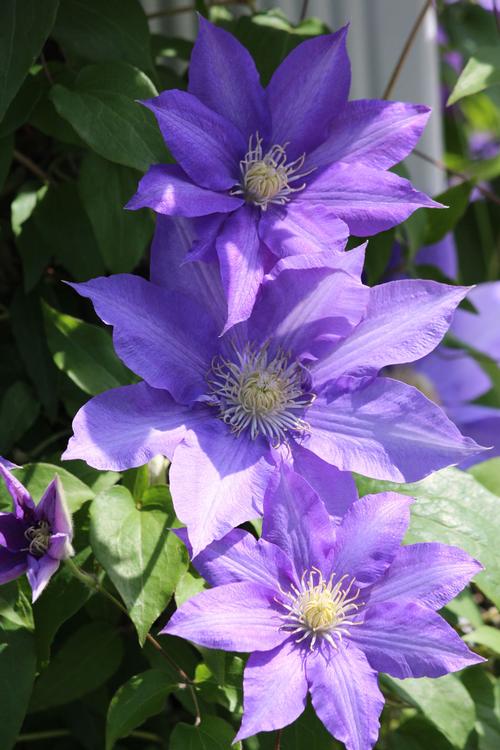What to Know About Light Intensity and Duration
Some plants are not fussy about whether they grow in sun or shade, but most of them have a preference. When a plant doesn't thrive, sometimes it’s because it is receiving either too much or too little light. In this article, you’ll learn about how sunlight affects plant growth, and how to match the quality of sunlight in your yard with the right types of plants.
How Intense is the Sun?
The way plants experience sunlight is not so different from the way we do. Imagine sitting on a park bench, in an open area with no trees nearby. If it were 9am on a sunny day in June and the park was in Boston, you could be pretty happy sitting there for an hour. But if the bench was in Houston, and it was 2pm on a sunny day in August, it’s unlikely you’d stay there for more than a minute or two.
The point is, gardeners need to think about more than how many hours of sun a plant gets. The quality – or intensity -- of that sunlight is just as critical. Tuberous begonias, for example, are happy with four hours of cool morning sun, but not with four hours of hot afternoon sun. Hostas are another example. Though usually considered shade plants, in northern areas with cool, cloudy summers, they can be grown in full sun. Time of day, latitude and season all affect the quality of light that a plant receives.
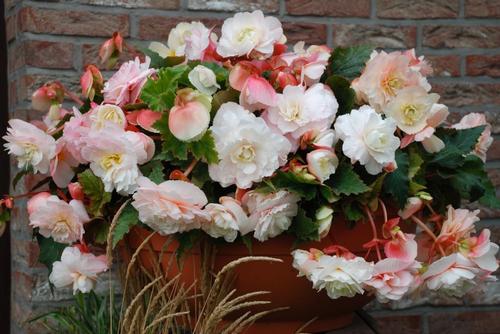
Time of Day
In the morning and late afternoon, the sun’s rays strike the earth at a relatively low angle. At these times the light may be bright, but it's not very intense. The sun is at its strongest from 11am to 3pm. As a general rule, sun-sensitive plants prefer morning or late afternoon light and need protection from midday sun.
Latitude
Sunlight gets more intense the closer you are to the equator. This is why shade-loving plants need will tolerate more sun in the North than they will in the South. Planting and care labels rarely differentiate between growing regions, so keep in mind how your geographic location will affect the plants in your garden.
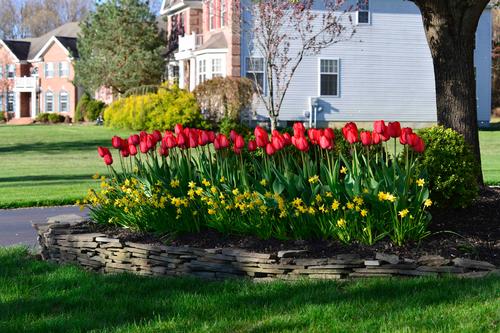
Season
The angle of the sun also changes with the time of year. In a garden, this affects the intensity of the light as well as how shadows are cast. The arc of the sun is at its highest (most directly overhead) and at its most intense around the summer solstice in late June. Later in the summer, the arc is lower in the sky. This decreases the intensity of the light and lengthens shadows. Observe your garden through the seasons so you get to know how the light moves around. This will help you match the right plants with the right location.
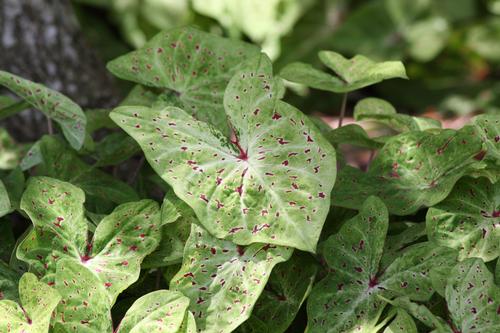
How Do You Know When the Light Isn't Right?
All plants require sunlight to produce energy for growth and flower production. But some plants need more of it than others. Here's how to tell if a plant is not receiving the right amount of light:
Too Much Sun
Fair-skinned people are easily sunburned. The same is true for sun-sensitive plants. Too many hours of sunlight, or light that’s too intense, can bleach out the color of a plant's flowers and foliage. Parts of the leaves may be scorched. The edges may be brown and curling. Sun sensitive plants may also wilt because their foliage is losing too much moisture.
Not Enough Sun
When plants are not getting enough sunlight, they are often shorter than normal and new growth may be weak or spindly. The foliage may be pale and limp rather than robust. Flowering will decrease or completely stop. Sun-starved plants are also more susceptible to disease problems such as mildew.
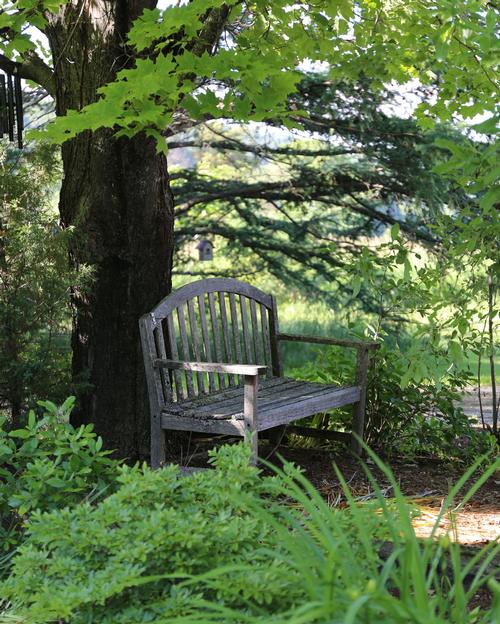
Standard Definitions for Sun, Part Sun and Shade
Full Sun - an area that gets unobstructed sunlight from morning to night; as much as 15 hours of sun per day.
Sun - an area that gets a minimum of 6 hours of direct sunlight over the course of the day.
Partial Sun or Partial Shade - an area that gets 3 to 6 hours of sunlight each day.
Shade - an area that receives less than 3 hours of direct sunlight per day. The light intensity is low because incoming light is at an angle in early morning or late afternoon.
Full Shade - an area that gets no direct sunlight, but receives enough bright, indirect light to support healthy growth.
Dappled Shade - an area beneath deciduous trees. Foliage filters the incoming light, creating shifting patterns of sun and shade.

What to Do If the Light Isn’t Right
Gardens are never static. Even if you start with a plant that’s well matched to the light conditions, those conditions may change. Trees and shrubs will get bigger and cast more shade. Others will die and let in more light.
If you suspect that a plant is not getting the right amount of light, there are several things you can do. The most obvious one is to relocate the plant. If you are new to gardening, you may be reluctant to do this. But most plants are incredibly forgiving about being moved. Just don’t do it in midsummer and/or when they are flowering.

Learn to notice the way sunlight plays across your yard and how it changes over the course of the day and the season. You’ll wind up with healthier, happier plants and a better looking garden! Learn more here:
Spring Bulbs for Shade
10 Easy Perennials for Sun
10 Easy Perennials for Shade
Summer Bulbs for Sun
Summer Bulbs for Shade
Easy Summer Bulbs for Sunny Containers
Easy Summer Bulbs for Shady Containers
